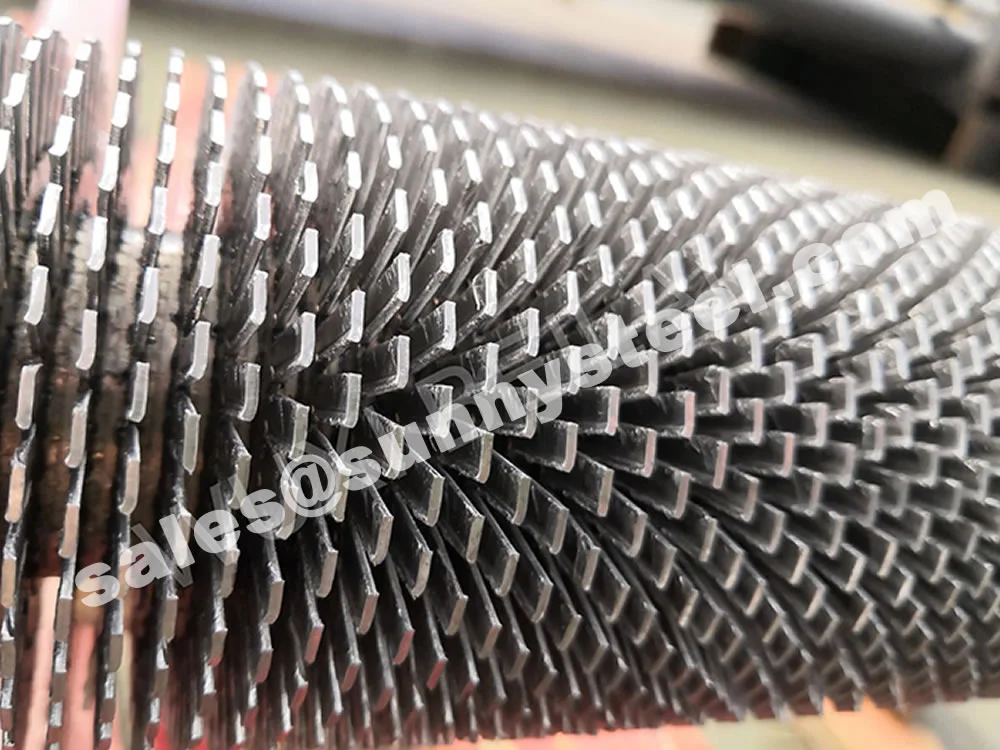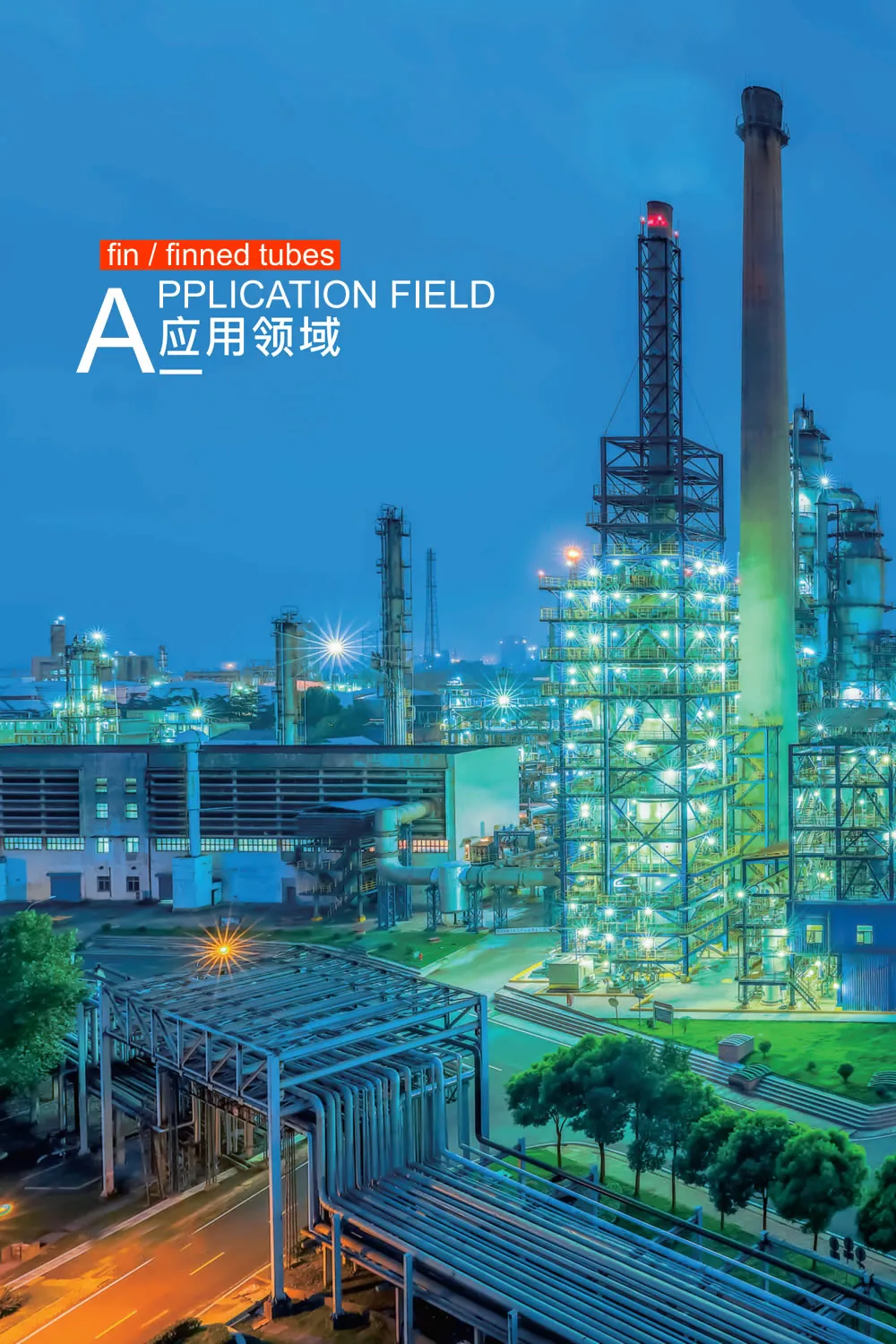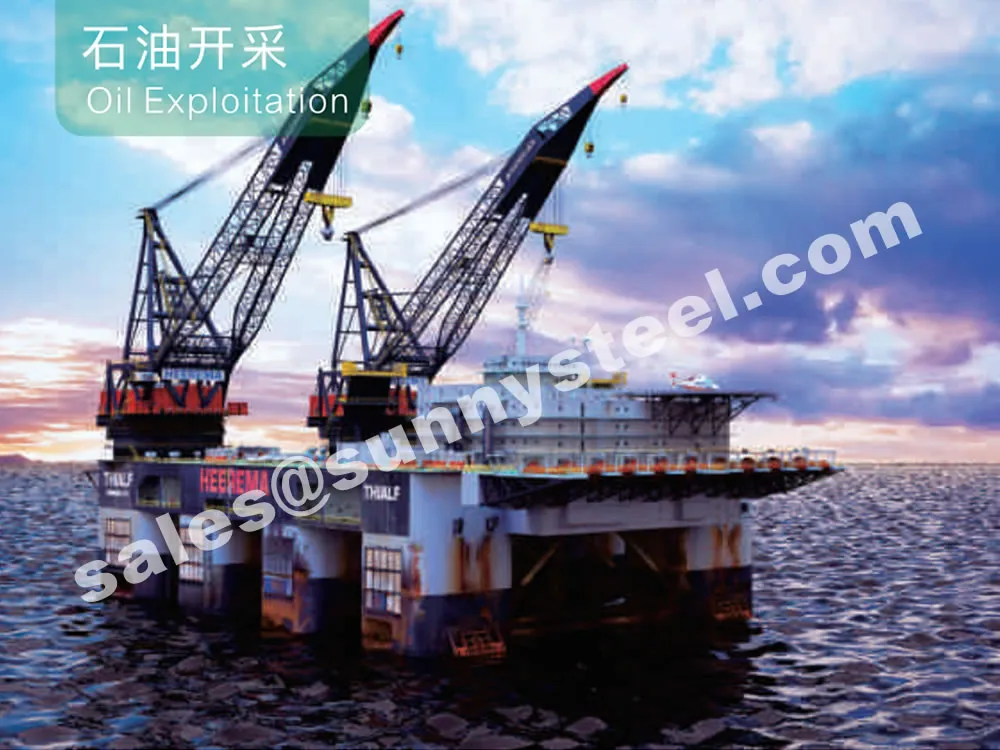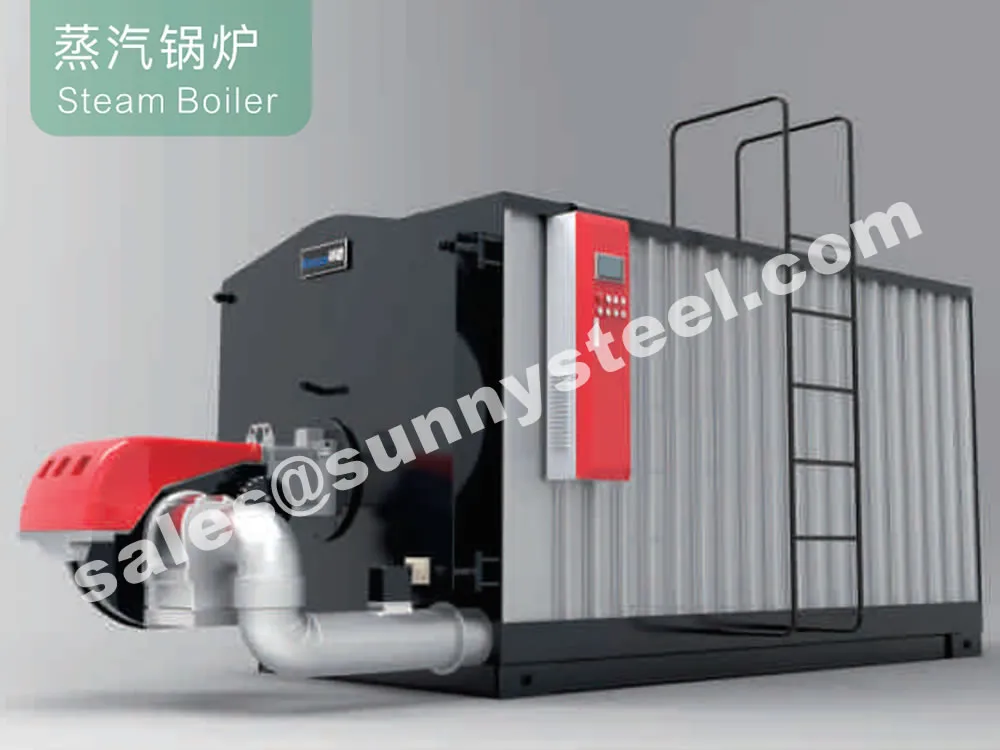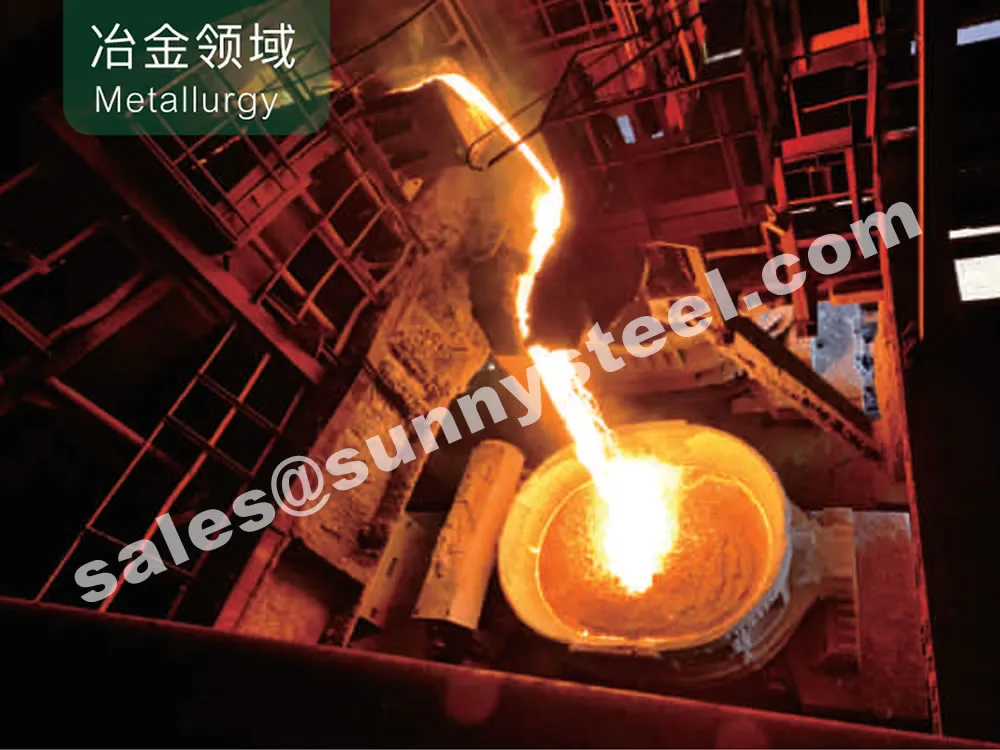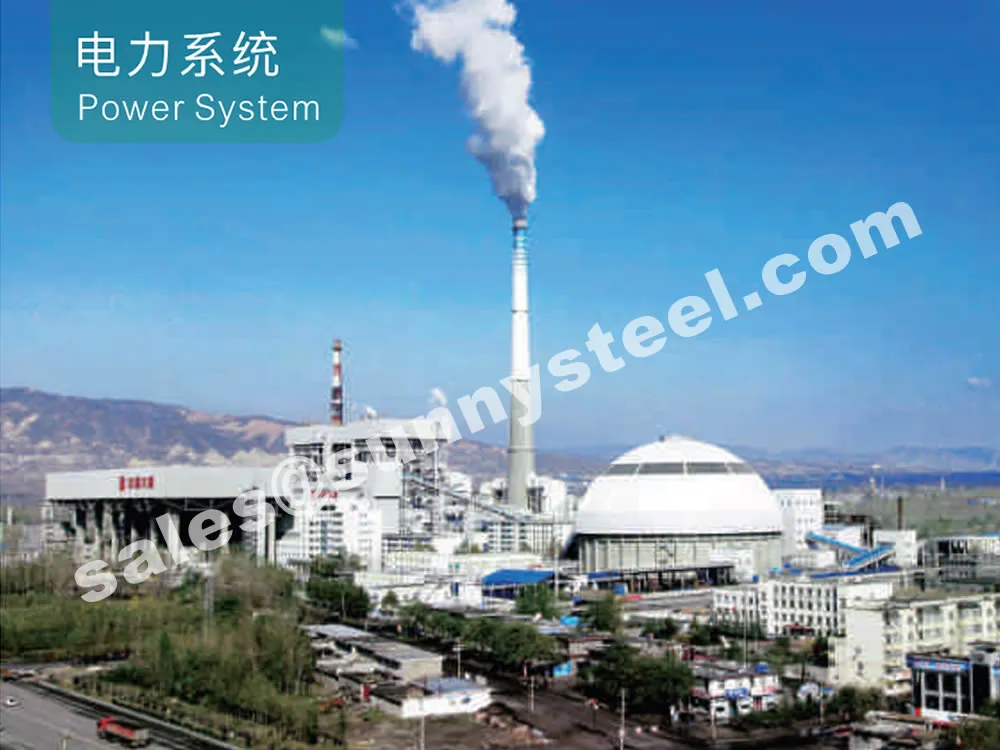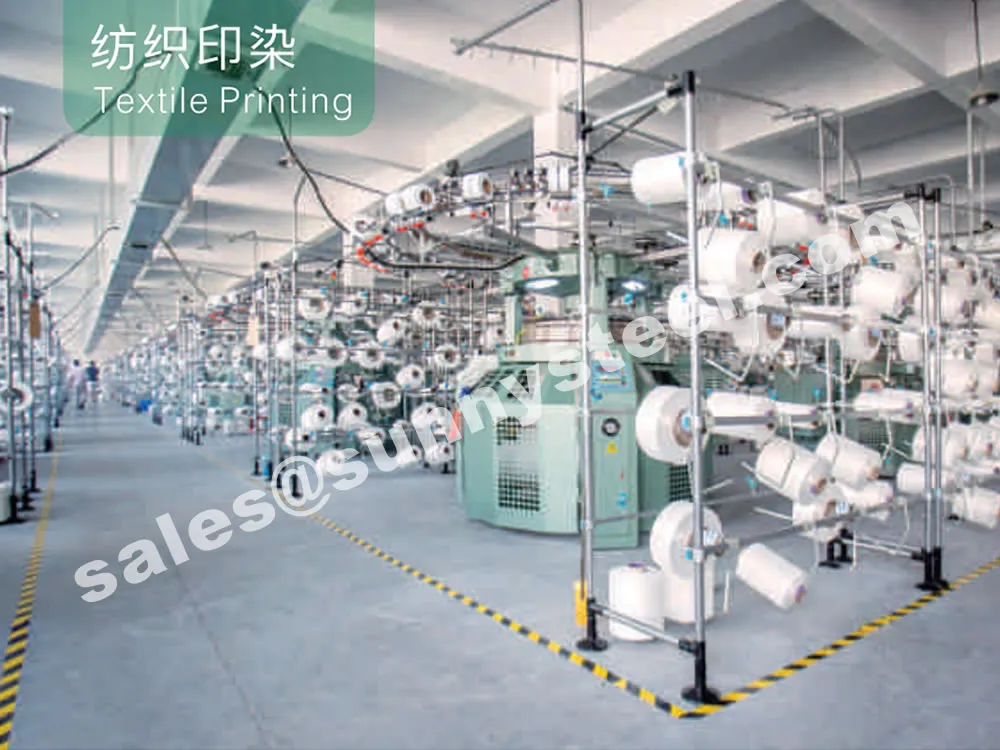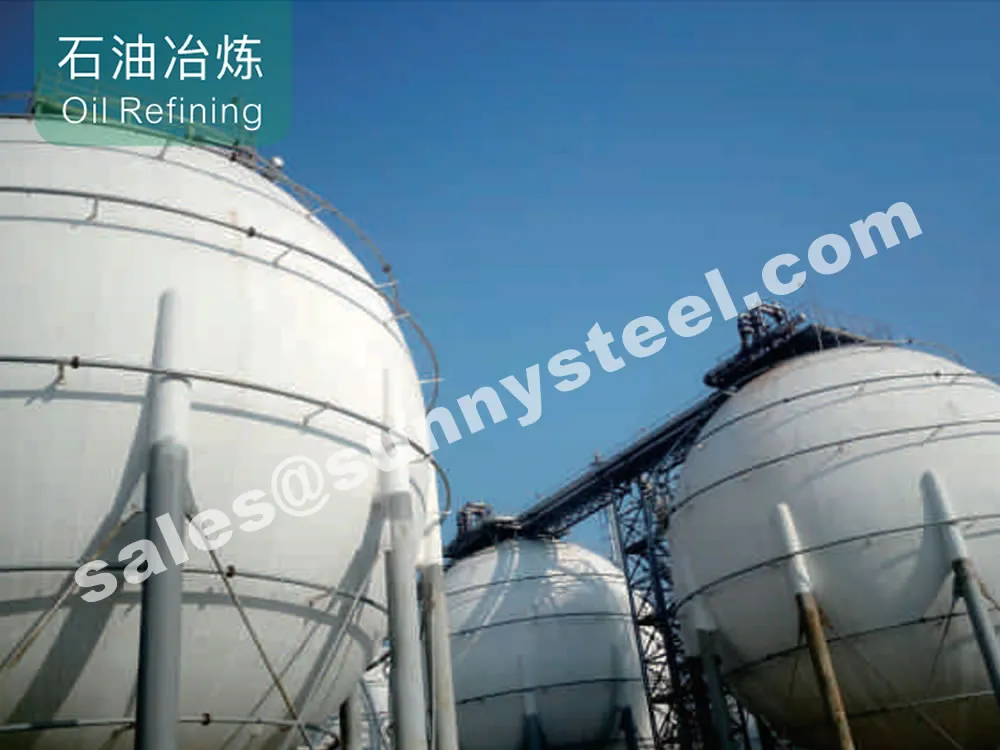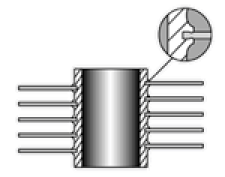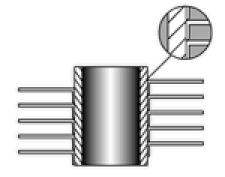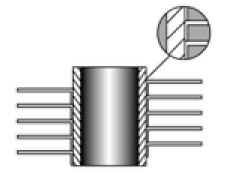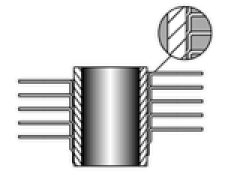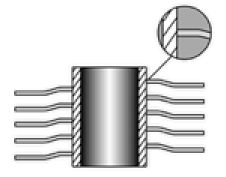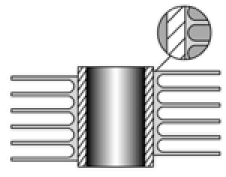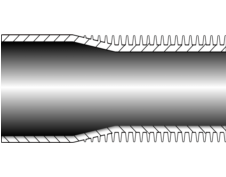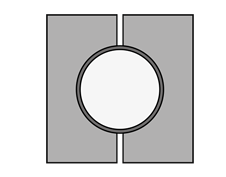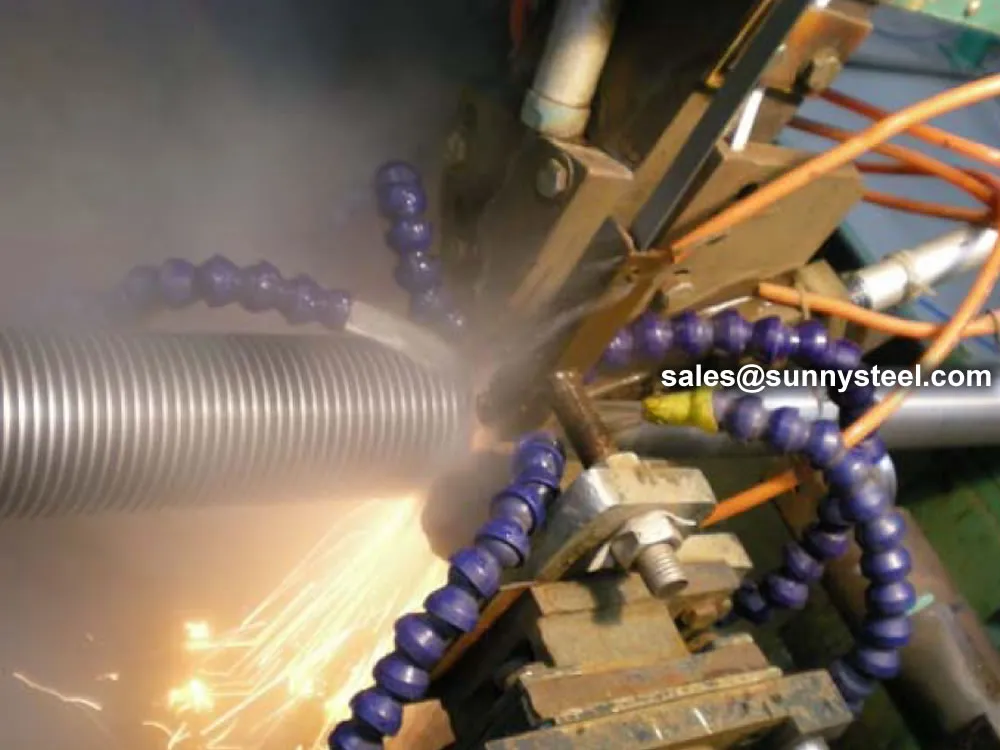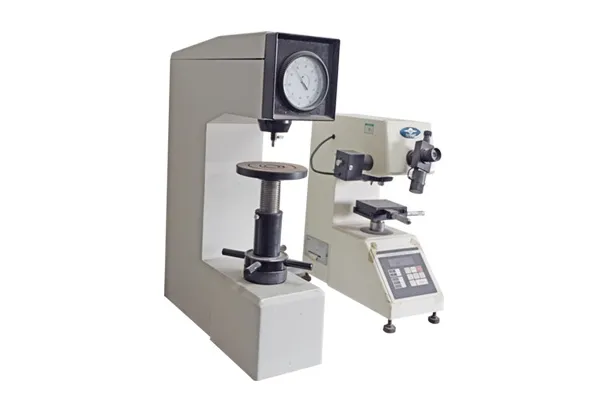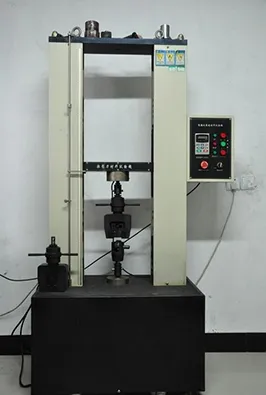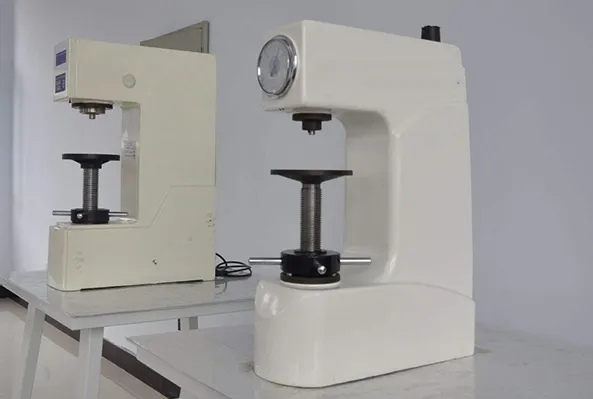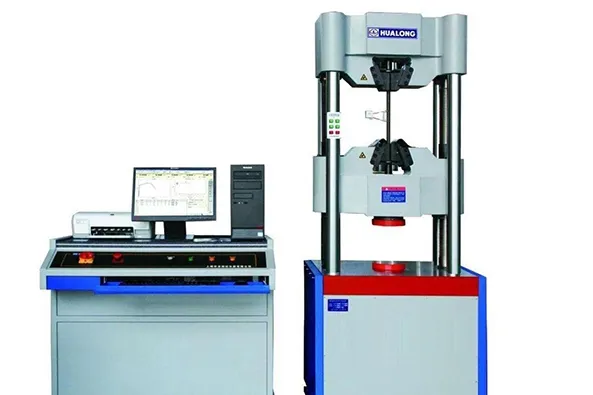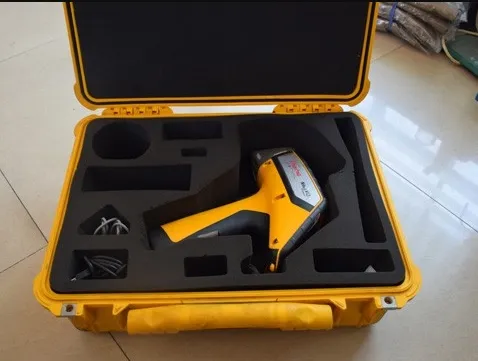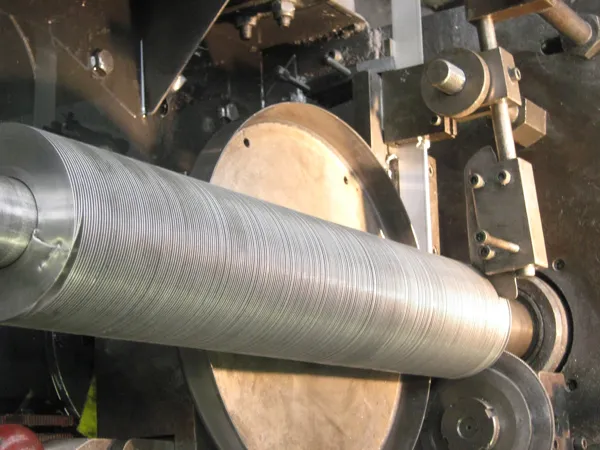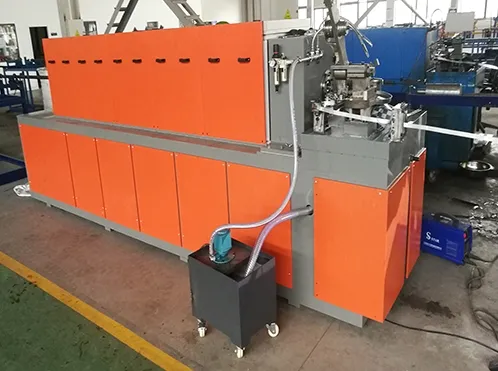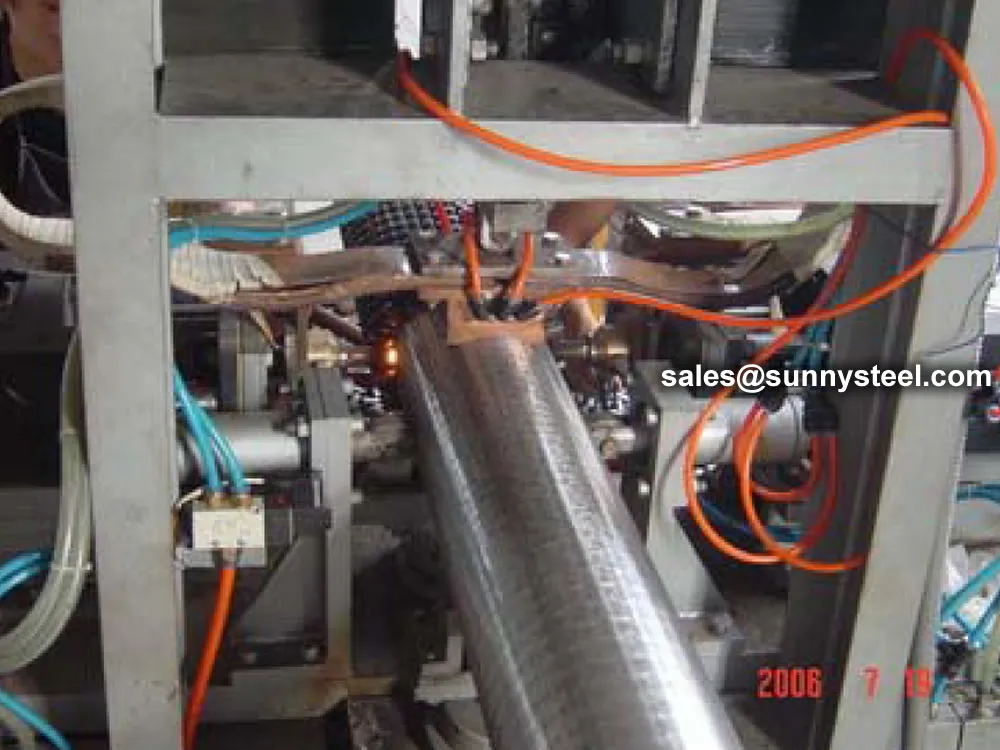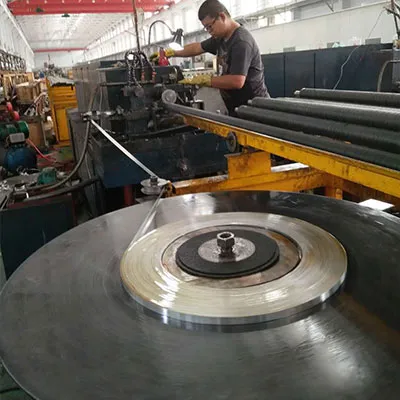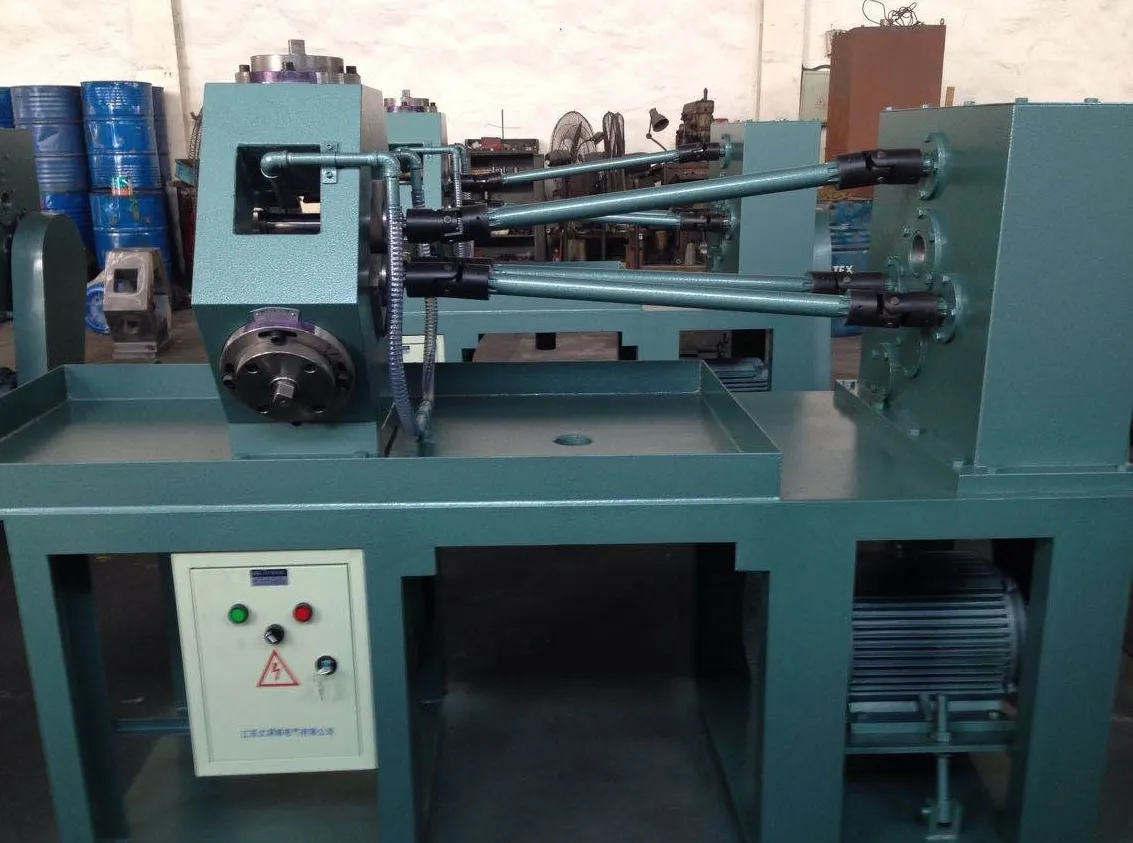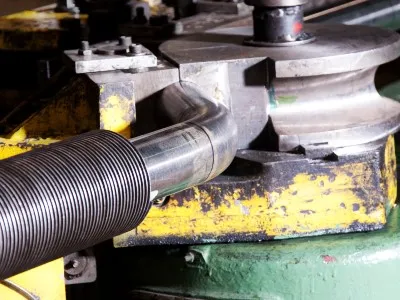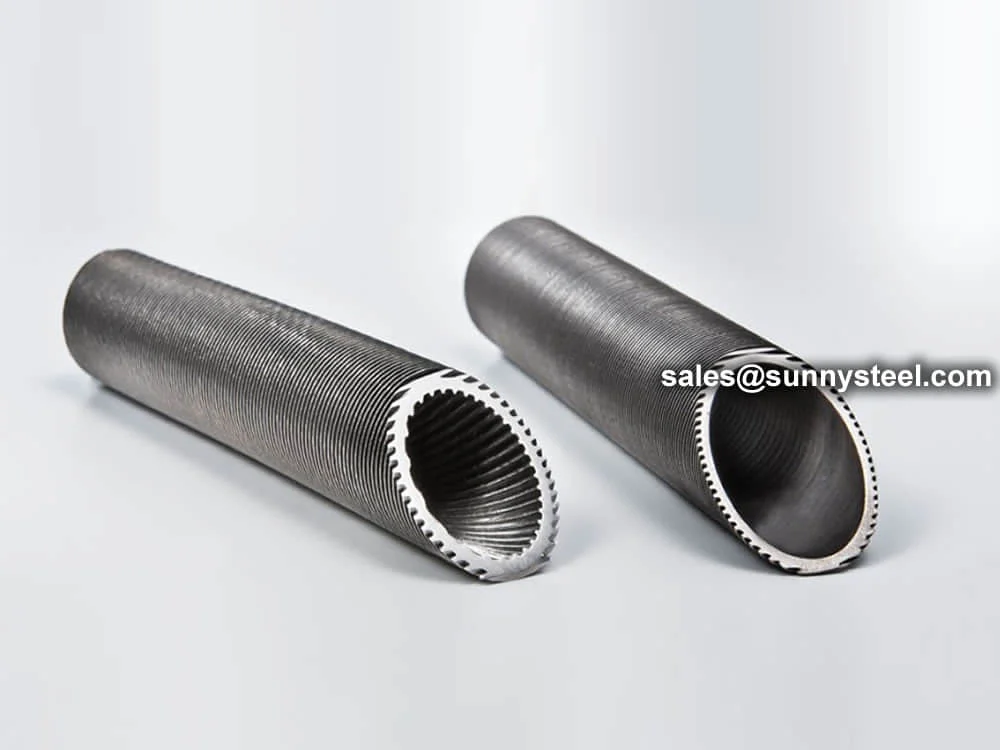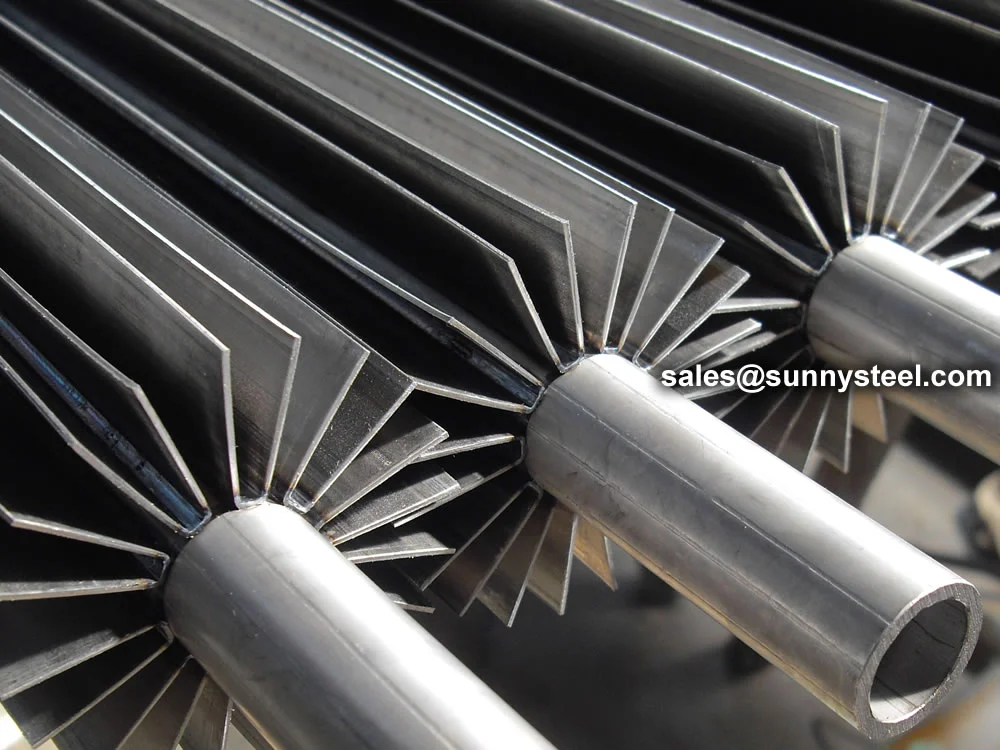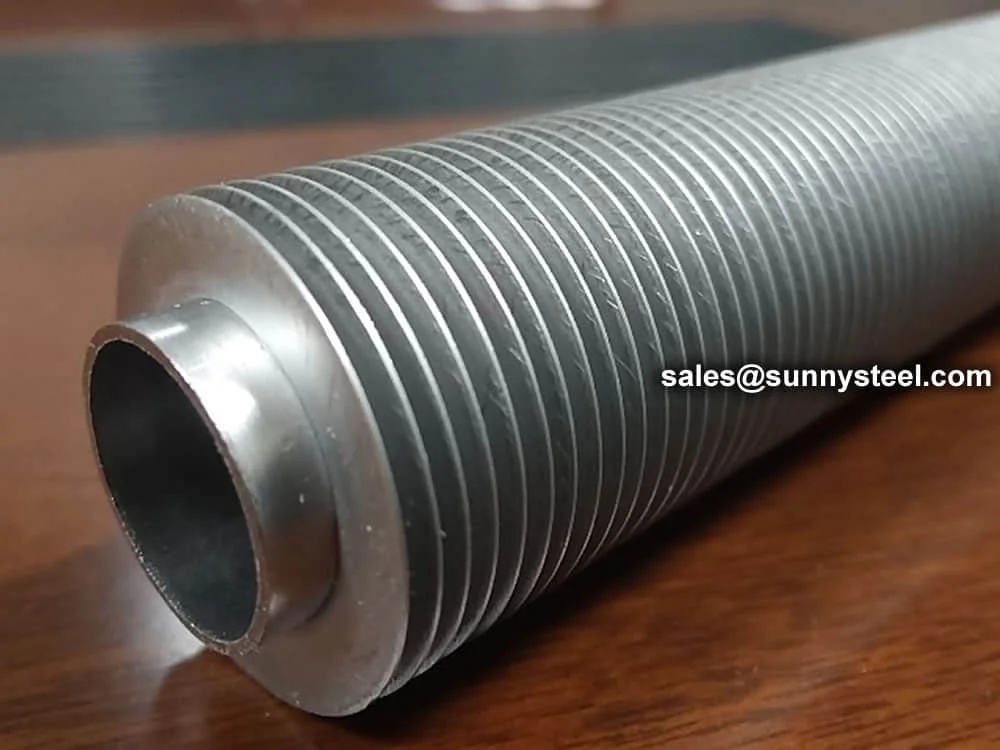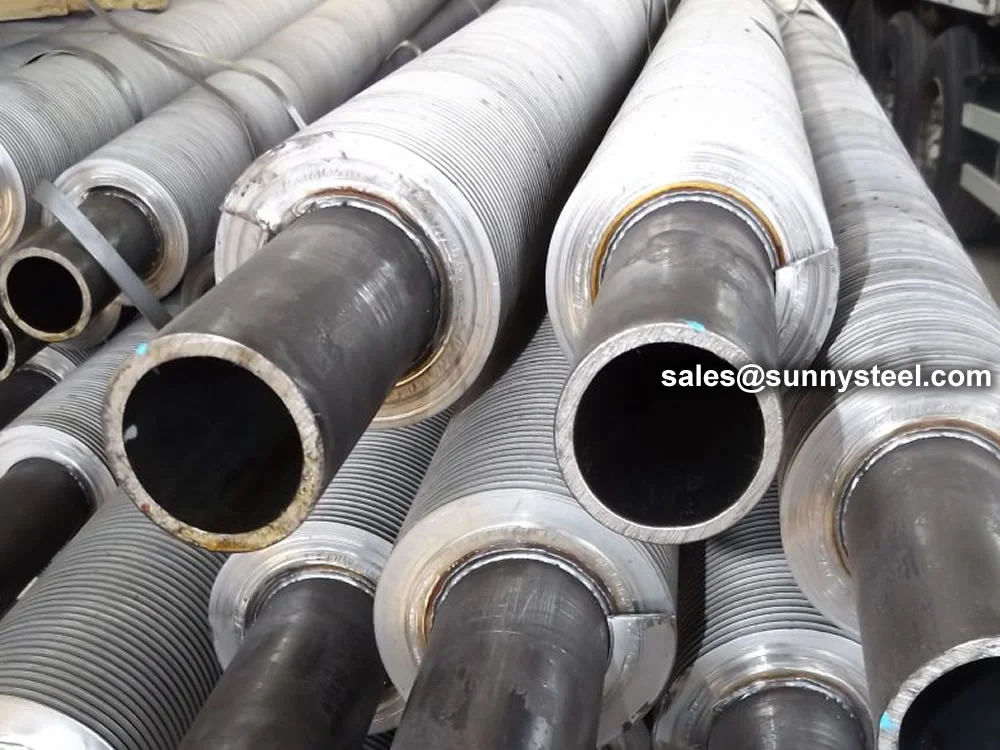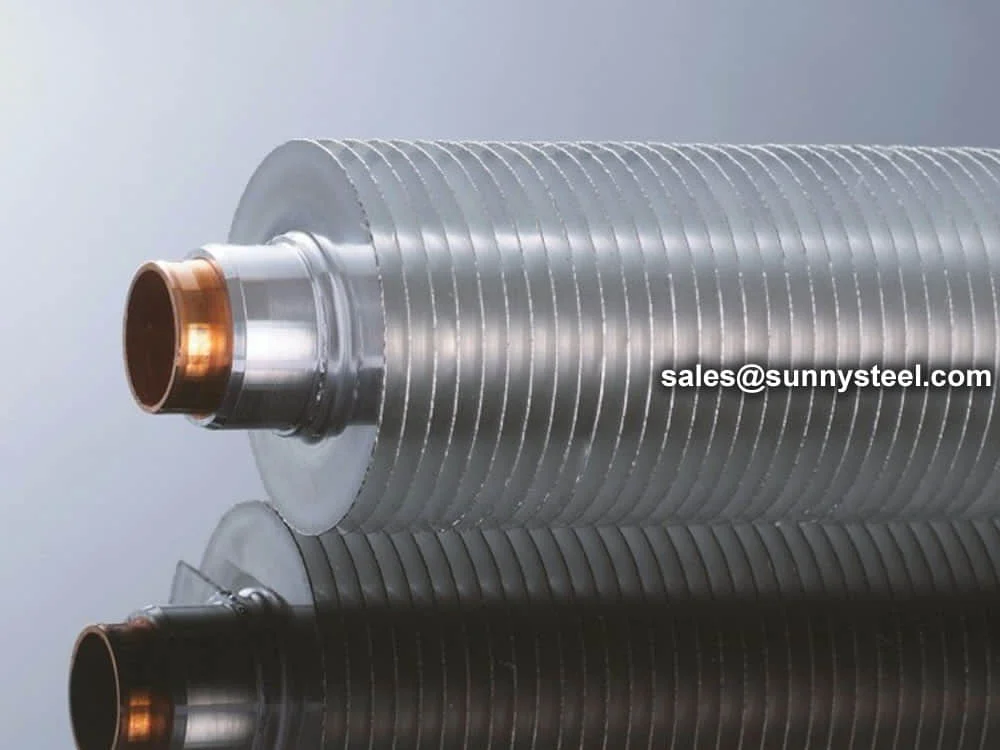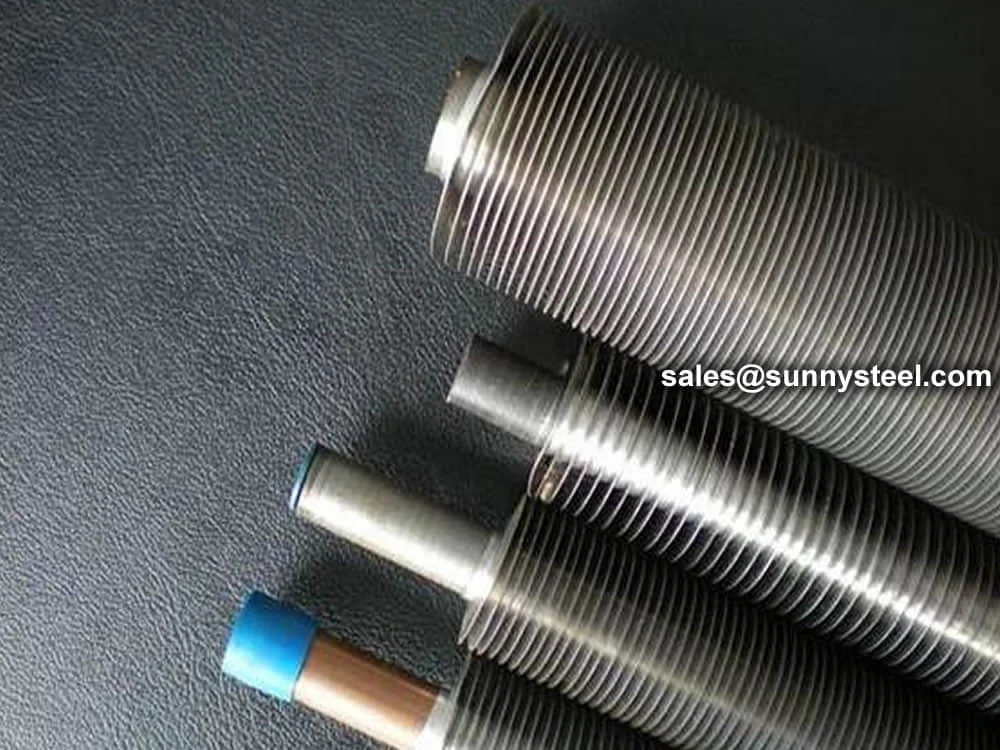Heat Exchanger Fin Tube, commonly referred to as finned tubes, is a
critical component designed to maximize thermal transfer by increasing the external surface area of
a base tube through attached fins. These boiler fin tubes are available in various materials,
including carbon steel, stainless steel, and copper alloys, with fin configurations such as L-type, G-type embedded,
extruded, or high-frequency welded, tailored to specific heat transfer needs. Conforming to standards like ASTM
A179, A213, A192, and ASME SB338, heat exchanger fin tubes are widely used in petrochemical plants,
power generation facilities, HVAC systems, and refrigeration units, providing excellent corrosion
resistance and reliable boiler pipeline protection in environments up to 650°C.
The manufacturing process involves seamless or welded base tubes, with fins attached through methods like extrusion,
wrapping, or embedding to optimize heat dissipation. Base tube outer diameters range from 12.7mm to 177.8mm (1/2" to
7"), with fin heights of 0.3mm to 25mm, fin thicknesses of 0.4mm to 2mm, and fin pitches as low as 2.1mm (12 FPI).
Tubes can be customized up to 25 meters in length, with surface treatments like galvanization, 3LPE coatings, or
metallization (zinc or aluminum) enhancing corrosion resistance against harsh conditions such as
acidic gases or high humidity. The finned design promotes turbulence, improving heat transfer efficiency in
gas-to-liquid or liquid-to-gas applications.
Heat Exchanger Fin Tubes undergo rigorous testing, including hydrostatic, tensile, flattening, and
eddy current tests, to meet ASTM A450/A450M, TEMA, and API 661 standards. The extended fin surface increases heat
transfer by 2.5 to 10 times compared to plain tubes, making them ideal for air-cooled exchangers, condensers,
evaporators, and boiler economizers. These tubes handle pressures up to 10 MPa and are suitable for applications
involving non-corrosive fluids, high-purity coolants, or corrosive gases in industries like chemical processing and
marine systems. Their robust construction resists thermal shock, vibration, and fouling from ash or soot in
high-fouling environments like coal-fired power plants.
Compared to plain tubes, finned tubes offer significant advantages in thermal efficiency and
compactness, reducing equipment size and energy consumption. Material options like stainless steel (304, 316)
provide superior corrosion resistance for harsh environments, while carbon steel (ASTM A179, A192) offers
cost-effective performance for moderate conditions. Configurations such as U-bends, coils, or straight tubes support
complex air cooled exchanger designs, and accessories like support boxes ensure stability. The
versatility of fin types—extruded for durability, G-type for high temperatures, or L-type for cost-efficiency—meets
diverse project requirements in industries like food processing, pulp and paper, and power generation.
Addressing challenges like pipeline corrosion, thermal inefficiency, and high maintenance costs, Heat
Exchanger Fin Tubes provide a reliable solution for thermal transfer tubes. Their
high-efficiency design, corrosion-resistant coatings, and robust construction make them a preferred choice for
engineers seeking durable boiler pipeline protection. Whether in petrochemical air coolers, power
plant condensers, or HVAC radiators, these tubes deliver exceptional performance, energy savings, and long-term
reliability in demanding industrial applications.
Heat Exchanger Fin Tubes
Explore a wide range of fin tubes designed for maximum efficiency in heat transfer applications.
From extruded bimetallic to seamless carbon steel tubes, our products are engineered for durability,
precision, and superior thermal performance.
DIN 17175 P235GH TC1
Square-cut ends, internally dried, air-blown clean, externally varnish coated for durability. Suitable for furnaces.
Extruded Bimetal Refrigeration
Made with A210 Gr A1/C seamless tubes. Ends metallized with zinc/aluminum via electro spray arc for corrosion resistance.
Continuous Helical Welded
SA213-TP304H HF resistance welded helical fins. Widely used for boiler flue gas waste heat recovery.
ASTM A192 Seamless
For boilers & air coolers. Ends metallized with zinc/aluminum. Seamless construction ensures performance under high pressure.
Seamless Cold Finished Bimetallic
- Standards: ASTM A192, A210, A179
- Type: Seamless (Cold Drawn)
- Ends: Plain / Bevel
- Surface: Black paint, oil, varnish
ASTM A179 Seamless
Cold-drawn low-carbon steel tubes for heat exchangers & condensers. Protected with black paint or varnish.
SA210 SMLS Evaporator U Tube
- Tube OD: ≥19mm
- Length: ≤18m
- Fin Height: ≤32mm
- Fin Pitch: 4mm (solid) / 3.3mm (serrated)
TP316 Stainless Steel
Cylindrical stud design. Available in round, oval, and pin fin types for demanding heat transfer applications.
High-Frequency Welded
- Capacity: 40 tons/day
- Fin Types: Solid plain & serrated
- Tube OD: ≥19mm
- Fin Thickness: ≥0.8mm
